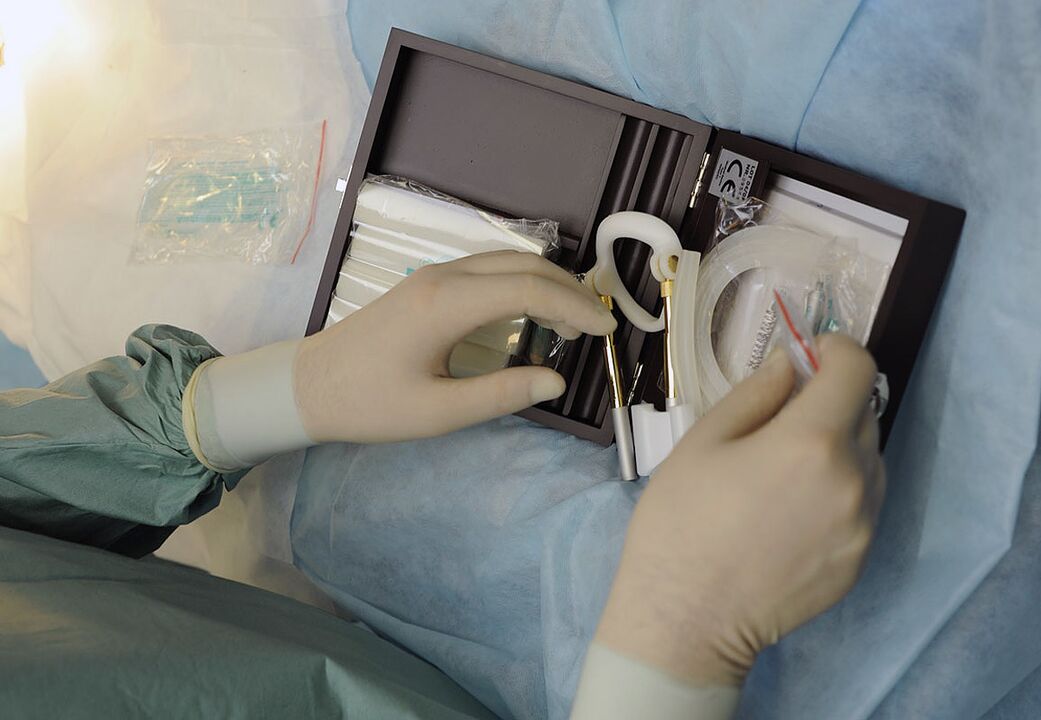
Dissatisfaction with the size of the genitals can affect a man's sexuality and have negative psychological consequences.
The average size of the penis in our country men is 13 cm (in an erect state) which is considered normal. Despite the normal length of the penis, many men have an exaggerated idea of normal size and this assumption generates interest in various interventions aimed at increasing the length or girth of the penis. object.
What are penis enlargement methods?
Several options are available to increase the length/circumference of the penis; Some of them are described below:
Non-surgical method
- Tablets and lotions. Topical penis enlargement pills and pills often contain herbs, hormones, and vitamins that marketers claim to increase penis size; however, these products may be sold directly to consumers without any research to support their effectiveness. According to some researchers, these products may contain traces of lead, pesticides and could be harmful.
- vacuum devices. Some vacuum devices, such as poips, are also used to enlarge the penis. The vacuum pump technique involves placing a tubular structure on top of the penis then pumping air out to create a vacuum that draws blood into the penis and makes it bulge and appear larger. These pumps are used for short-term treatment of impotence; However, consuming too much can damage the tissues of the penis, leading to weaker erections.
- Expansion set. Penis extenders use traction to lengthen the penis. Although there have been some positive results with this technique. Before using such a procedure, experts recommend that you have a doctor's supervision, as you can get traction injuries and increase the risk of "fracture" of the penis.
- Jelqing. Jelqing is a stretching exercise that aims to increase blood circulation in the tissues of the penis, ultimately making the penis bigger; however, this method also lacks scientific evidence. Over time, this can also cause damage to the cavernous body.
Surgical method
There are two main types of penis enlargement surgery: thickening of the penis and release of ligaments.
Penile enlargement can be done in two ways - either by transplanting fat cells from other parts of the body into the penis (penis enlargement) or by injecting fillers (hyaluronic acid andpolylactic). Over time, the body can reabsorb the filler or fat, helping the penis return to its original size.
In the hysterectomy (release of the suspensory ligament), the ligaments that hold the penis in the pubic region are surgically cut. This procedure is designed to change the angle of the penis, which can increase its length. However, during an erection, the angle of the penis will be different, and this can interfere with intercourse.
Clinical trial for penis enlargement surgery
Research shows that ligamentectomy and filler injections are the two most common forms of the procedure performed to increase penis size.
The study, which analyzed 17 studies, found that while some men reported significant increases in size, complications were rare.
Side effects of penis enlargement surgery
The safety and effectiveness of surgery to increase the length and girth of the penis have not been established. Penile lengthening surgery can lead to the following complications.
- infection
- Poor wound healing. Wound development.
- Loss of flap
- Pubic deformity or hidden penis
Inference
Penile deformity disorder is a psychological condition in which men suffer from severe anxiety about penis size despite having a physiologically normal penis. In such cases, the patient may benefit from psychotherapy. Structured consulting should always be done, not risky procedures.
If you decide you want to try penis enlargement procedures, you shouldn't trust your health to anyone, choose a specialist who performs this type of surgery and can talk in detail about the options. possibilities, risks and outcomes.



























